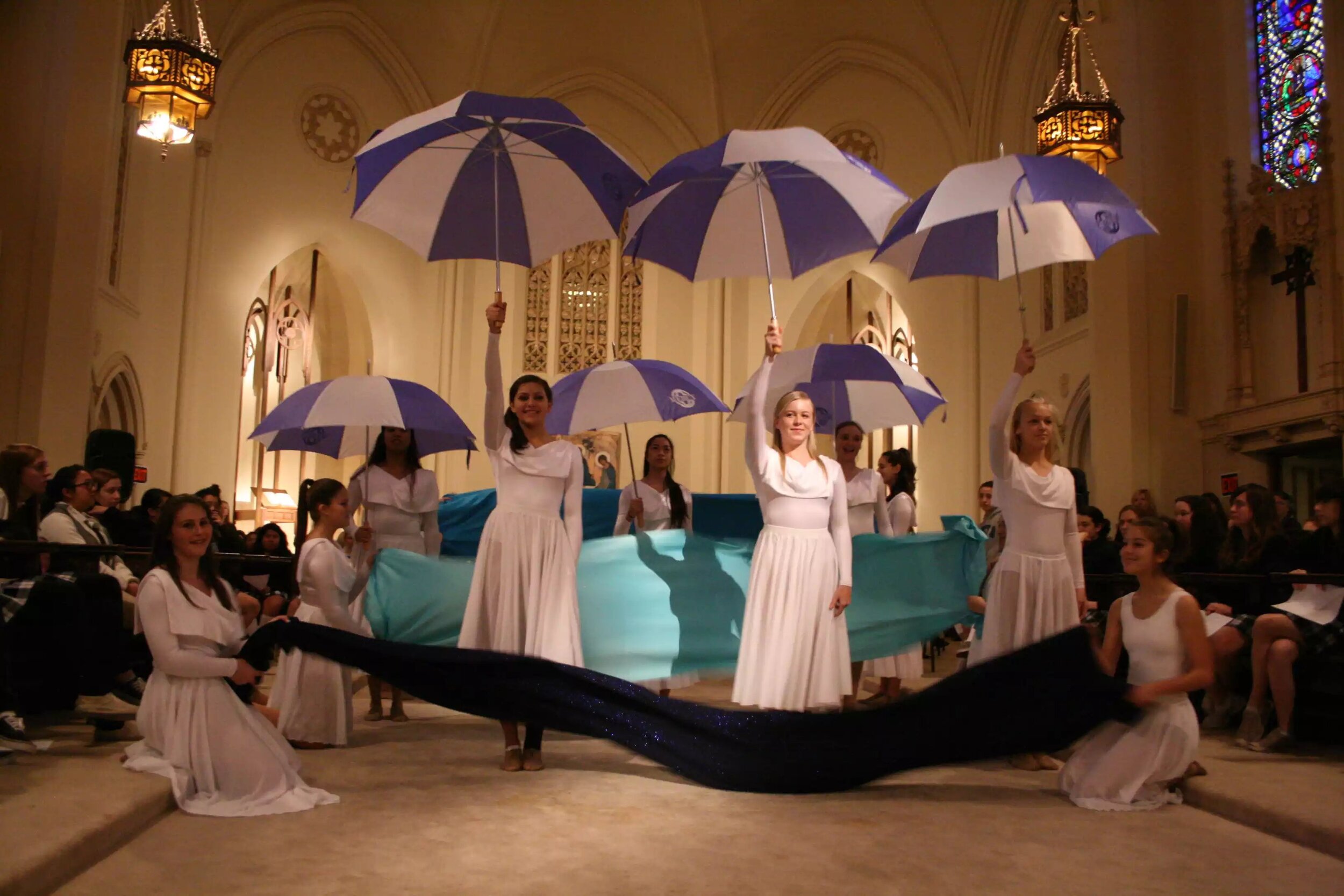
Dance is for everybody. I believe that the dance came from the people and that it should always be delivered back to the people.
-Alvin Ailey
Chreorgraphic Styles
-

Lyrical
Lyrical dance is a dance style that embodies various aspects of ballet, jazz, acrobatics, and modern dance. According to Jennifer Fisher, lyrical dance is “strongly associated with clearly displayed emotional moods, fast-moving choreographic strategies, emphasis on virtuosic display, illustration of song lyrics, and, in group form, exact unison
-

Production
Character/Broadway routines should consist of original, imaginative, or innovative dance movements that incorporate a theme, concept, or characterization throughout the entire performance. The use of small props or handheld props is allowed, but not mandatory or needed to compete in this category.
-
Jazz
Jazz incorporates traditional stylized dance movements and combinations, formation and/or level changes, leaps, and turns. Emphasis should be placed on proper technical execution, extension, control, and body placement. Props are NOT permitted unless part of the costume, and/or only used momentarily in the routine. Thematic routines with or without props should be in the SHOW or CHARACTER category..
More
-

Hula
Hula, sensuous mimetic Hawaiian dance, performed sitting or standing, with undulating gestures to instruments and chant. Originally, the hula was a religious dance performed by trained dancers before the king or ordinary people to promote fecundity, to honour the gods, or to praise the chiefs.
-
Character
Character/Broadway routines should consist of original, imaginative, or innovative dance movements that incorporate a theme, concept, or characterization throughout the entire performance. The use of small props or handheld props is allowed, but not mandatory or needed to compete in this category.
-
Acro
Acro routines should combine classical dance technique with acrobatic elements. It should showcase a dancer’s agility, flexibility, and strength while demonstrating proper technique with pointed feet, lengthened lines, and control. However, there are always exceptions when it is a clear stylistic choice, for example, a flexed foot or bent leg. Acro routines should be 60% acro, and 40% dance skills, and must follow the danceability level requirements, as well as the acro ability level requirements.





